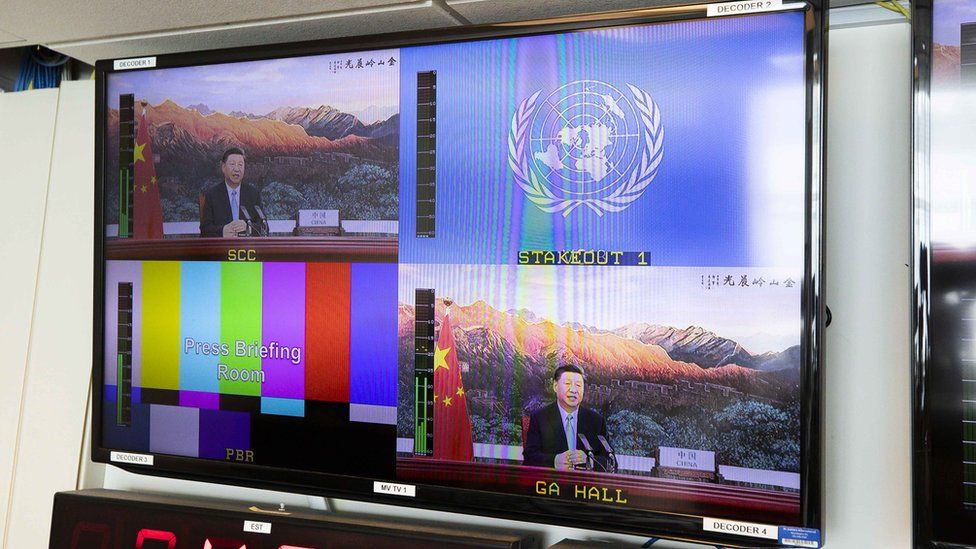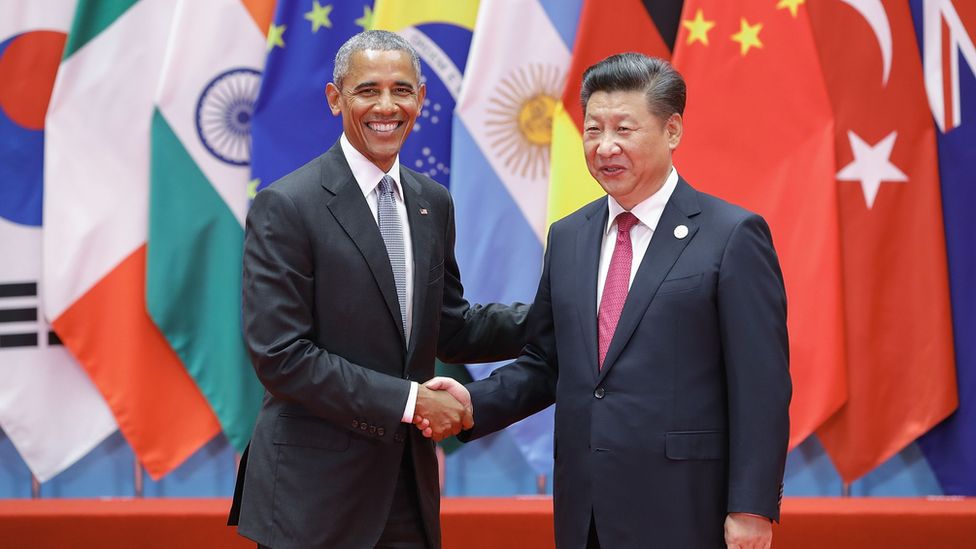Fixed line phones are still very necessary in office, home and school areas.
1. Status of fixed-line usage
With the rapid development of the communication industry, mobile phone communication has become the main communication tool for most people, even in remote rural areas, it is already a mobile phone. The handling volume and usage of fixed-line telephones are not as good as before. According to the operating data given by China’s three major operators, the number of fixed-line telephone users has continued to shrink in recent years. A survey report in the United States shows that the number of fixed-line telephone users in the United States continues to shrink. The penetration rate of fixed-line telephones in American households has fallen from over 90% in the 1970s to 64% today.

- So, is there still a need for a fixed line?
Many people may think that fixed telephones are useless. For individual families, the advantages of fixed telephones are not as good as mobile phones. But for enterprises, it is still very important to apply for a fixed telephone. For example, the survey report mentioned earlier. This US report also gives data on “who no longer use fixed telephones”: those who do not live with their families (75.9%); renters in the city (58.2) %); people with a cold family background (51.8%), and the common characteristics of these groups are: unstable living conditions, often moving. This shows that fixed telephones actually represent a stable image.
The most important thing for a company is its corporate image and the trust of its customers. Installing a fixed phone can bring a standardized image to the company, and it appears formal, even a small company, in the eyes of others, it feels very formal.
In addition, imagine that if people’s livelihood service units such as the police call, hospital emergency call, and fire call indicate that they have no fixed telephones, can the entire society remain stable? Can you still work normally?

3. Why is it necessary and important for a small company to own a fixed telephone?
Standardize corporate image. Fixed telephone is a necessary external publicity tool for enterprises. When others see the fixed telephone of a company, they will think that the company must have its own office space and can roughly understand where the company is located, so that people can judge whether to go further Consider working with it. Enterprises are often required to reserve a fixed number during the docking process, such as industrial and commercial registration, tax processing, and signing of contracts. The company’s website generally also provides fixed telephone contact information to facilitate various external contacts of the company. For example, if a job seeker receives a phone call from the company, he may worry that the company is too small and not strong enough.
Stability does not need to be charged, even if the power is out of fear. Compared with the signal limitation of the mobile phone, the call effect is very good, and there will be no sound noise and intermittent phenomenon.

The comprehensive strength of small companies is naturally incomparable with that of large and medium-sized companies. Therefore, it is necessary to obtain a good sense of trust from customers in the company’s image display to make up for some gaps in comprehensive strength. Applying for a fixed phone can add points to the corporate image, so it is very necessary and very important for a small company to have a fixed phone.
4. Shenzhen East Line Communication Tech Co., Ltd.is a professional telephone manufacturer/factory in China, aiming to solve all the troubles of small enterprises installing fixed telephones.
As a professional OEM telephone factory, we can help you customize different types of telecommunication equipment and accessories according to your OEM requirements. Cell phone coil wires and telephone wires are very important accessories for wired phones. Before mass production, we must carry out rigorous testing on them to ensure good quality and durability.

Shenzhen East Line Communication Technology Co., Ltd. is a professional OEM factory for telecommunication equipment and electronic products, including corded/analog phones, GSM/3G/4G fixed wireless phones/terminals, and DECT cordless phones. VoIP phones, smart wearable devices, etc. Our production facilities include IC Bonding, PCB SMT, mold design and production, injection molding, silk screen printing, finished product assembly and testing. In our own R&D team, our engineers have more than 20 years of overseas OEM customer experience. It has a production plant of more than 6000 square meters, 5 production lines, more than 300 workers, a monthly production capacity of 330,000 units and an annual output of 3.6 million units.
5.Summarize
In summary, the demand for fixed-line telephones in the office is constantly evolving, developing and updating. With the advent of the 5G era, the various drawbacks of traditional fixed-line telephones will be replaced by smarter 5G…etc. However, the demand for fixed-line telephones will increase unabated. In the future, information communication will definitely become a complementary form of multiple channels and multiple methods, and no one can completely replace anyone.








